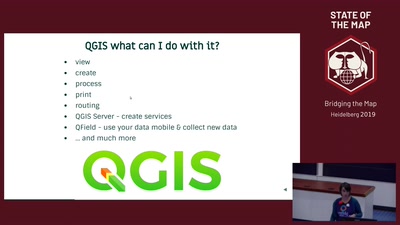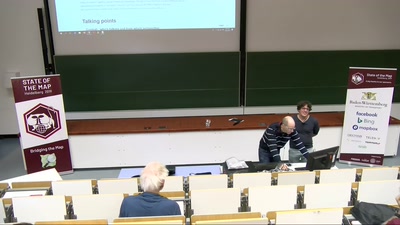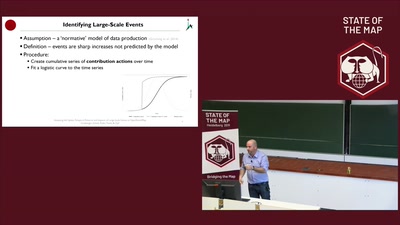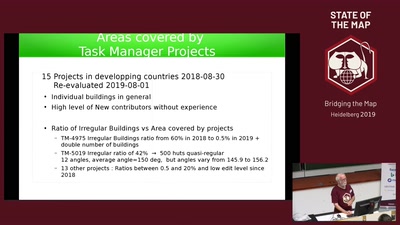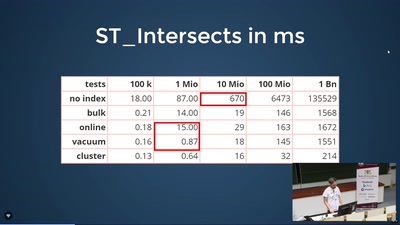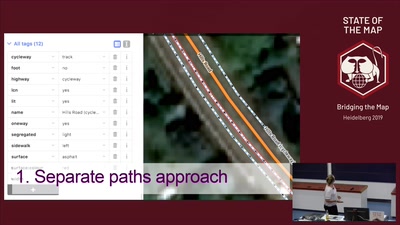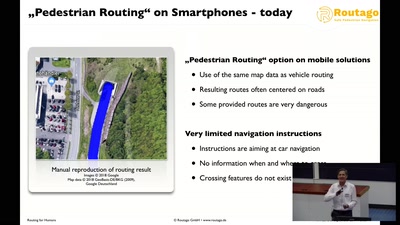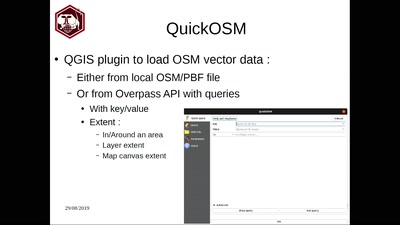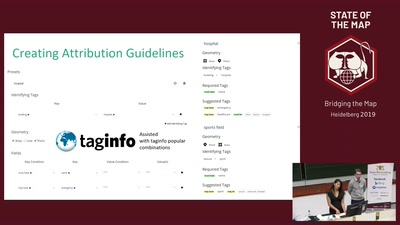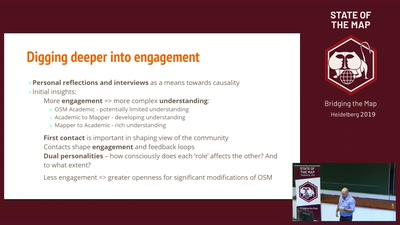Analysis of OpenStreetMap data quality at different stages of a participatory mapping process: Evidence from informal urban settings
This study examines OpenStreetMap data quality at different stages of a participatory mapping process developed for understanding inequalities in healthcare access of informal urban residents in Africa and Asia. Recent studies have examined quality intrinsically and extrinsically. However, in both cases, the data production processes are often not completely transparent to researchers, therefore limiting possibilities for systematic data quality analysis of the processes leading to OpenStreetMap update.
Globally, the lack of detailed quality spatial data of informal urban settings, such as slums, is increasingly becoming a concern to both researchers and development agencies (Hachmann, Jokar Arsanjani, & Vaz, 2017; Kuffer, Pfeffer, & Sliuzas, 2016). One potential for making spatial data available is through Volunteered Geographic Information (VGI) which is opening up new possibilities of data production in recent years and facilitating the emergence of several initiatives aimed at “putting the most vulnerable people on the map” (MissingMaps.org, 2018; Shekhar, 2014). The increasing availability of volunteered and crowdsourced geographic information, in particular OpenStreetMap (OSM), has led to plethora of scientific studies with emphasis on evaluating the quality of the OSM data. The quality assessment results are usually presented in the form of tables, diagrams, map and statistics per given area (Barron, Neis, & Zipf, 2014; Sehra, Singh, & Rai, 2017). Some recent studies have examined OSM data quality without using any external data; the so called intrinsic approach (Barron et al., 2014). In contrast to intrinsic approach, other studies commonly used what is referred to as the extrinsic approach where the OSM data is compared with external datasets such as the UK Ordnance Survey data or National Park Service lists (Haklay, 2010; Zipf, 2017). In both approaches, the data production processes are often not completely transparent to researchers therefore limiting possibilities for systematic data quality analysis of the processes leading to OpenStreetMap update.
This presentation examines OSM data quality at different stages of a participatory mapping process developed as part of an ongoing research project focused on understanding inequalities in healthcare access of slum residents in the Global South. The following research questions are addressed: (1) What is the level of spatial data quality one can expect at different stages of the mapping process leading to final update of the OpenStreetMap database? (2) What are the factors influencing quality? Our exploratory method applies recently developed data analytics framework for spatio-temporal analysis of OpenStreetMap History Database (OSHDB) to our study areas vis-à-vis the participatory mapping process workflow. OSHDB framework will serve as a mediating framework to allow flexible analyses of OSM full history data completeness in our study areas. A multi-country case study associated with an ongoing research project of the National Institute for Health Research Global Health Unit on Improving Health in Slums at University of Warwick is used. This Unit focuses on health services in slums through the study of seven slum sites across two continents (Asia and Africa), with the ultimate aim of finding optimal ways to deliver health services to slum dwellers (Lilford, 2017). The historical data sets are derived from the following stages in the participatory mapping process: before online mapping (i.e. digitisation from satellite imagery), after online mapping and validation but before ground-truthing, and, after ground-truthing. The before-and-after estimates at each mapping stage are discussed together with lessons learnt, and feedback, from the project including comments from fieldworkers and supervisors. We thus present initial results from a spatial data quality assessment of the mapping process workflow used to map our study areas and update the OpenStreetMap database.

